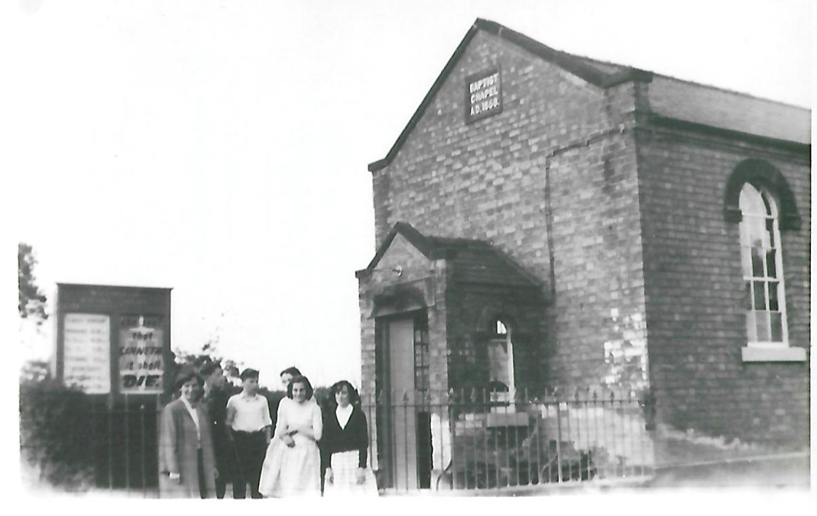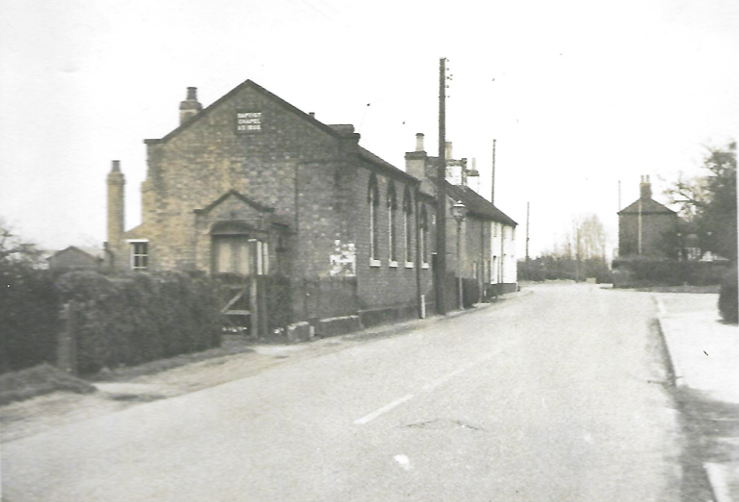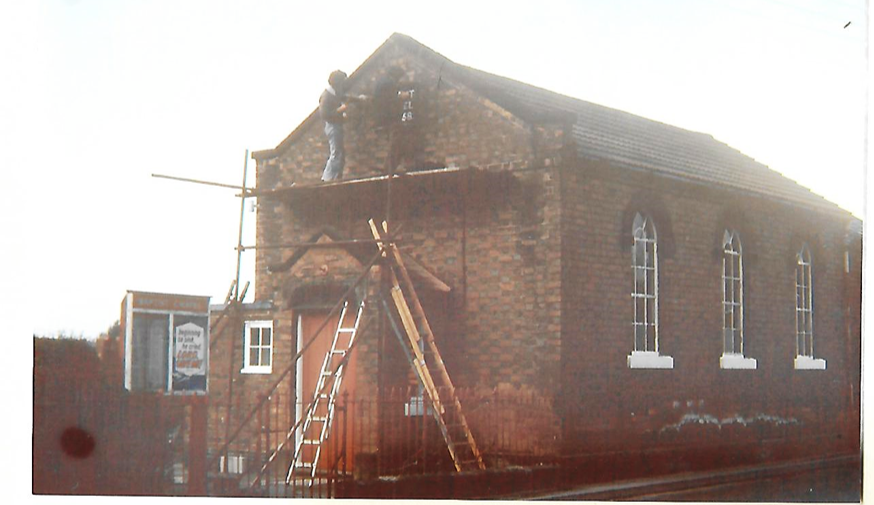Our History
Beginnings
Before there was any church building in Willington, a group of Baptists met in a home in the village.

First Building
Willington Baptist Chapel was built near the centre of the village, on Twyford Road, in 1858. It was a simple building of two rooms, one for the services, where the baptistry was housed, and the other was a Sunday School room/kitchen.
As late as the 1960s and very early seventies, the morning service was a simple one, held in the school room before the Sunday School met. The evening service was always in the main room, music being played from a pump organ at the front.

Why Rebuild?
With the increase of traffic along the main road, the position of the building was dangerous, being only a pavement’s width from the road.
In the 1970s God provided, through a church member, a sizeable piece of land for the building of a new chapel immediately behind the old one, but at a much safer distance from the road. The land was extensive enough to build three houses behind the new building, which largely paid for its construction.
The foundation stone was laid during an open-air service on a cold, snowy Easter Day in 1981. The digging had been done by church members, as was the decorating inside when the shell had been built.
The old chapel was demolished with heavy machinery, except for the kitchen area whose foundations lay close to those of the new porch. This work had to be done by hand.

Open to all
The new chapel (now called Church) was finally opened in May 1982 – a much bigger, lighter building with grass area at the front (the venue for the annual Easter Egg Hunt) and a car park at the side. The construction of the main room, hallway and a room behind the stage is such that the dividing doors can be removed to make one larger room. Chairs, rather than pews, make the main room flexible for use with groups, including Holiday Clubs and other children’s and youth activities. The baptistry, like a mini swimming pool, is situated under the stage.
A second room, connected to the kitchen by a hatch-way, leads off from the hall and is used for smaller meetings.
A cross on the front of the building, permanently lit, proclaims what the building, and more importantly, those who worship there, stand for.